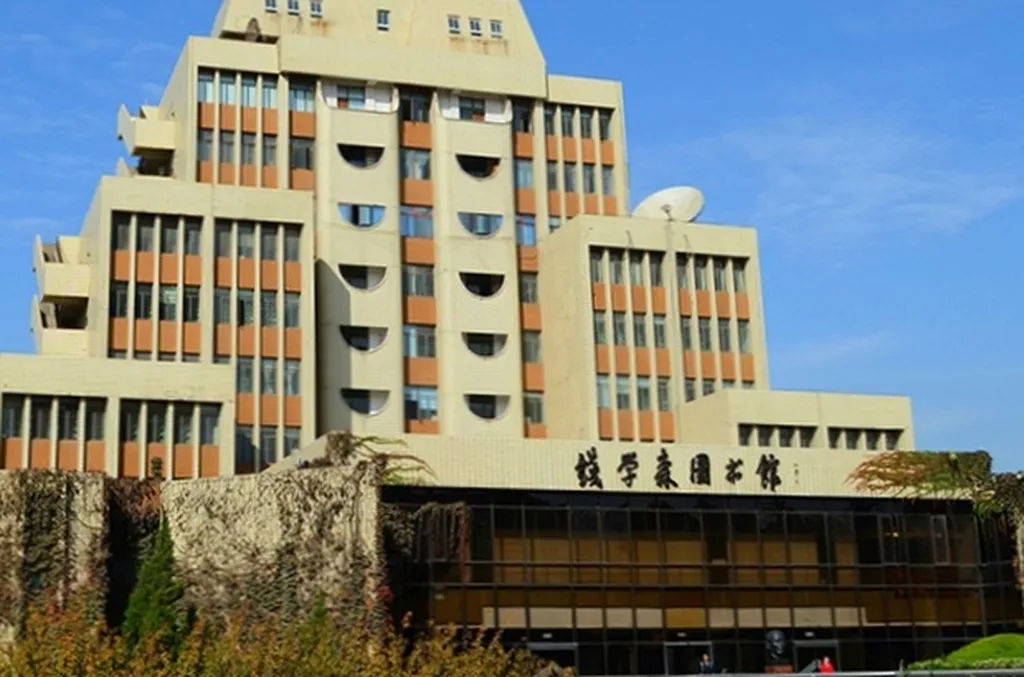In the relentless pursuit of materials that can withstand the rigors of modern industry, a team of researchers from Xi’an Polytechnic University has made a significant breakthrough. Led by WANG Zhe from the School of Materials Science and Engineering, the team has developed a new type of copper-based composite material that promises to revolutionize the energy sector with its unique combination of strength, wear resistance, and electrical conductivity.
The innovation lies in the use of a hybrid reinforcement strategy, combining Al2O3 particles and fibers within a copper matrix. This blend was carefully sintered using plasma discharge sintering (SPS), a technique known for its ability to produce highly dense and uniform materials. The result is a composite that not only matches but exceeds the performance of traditional copper-based materials in critical areas.
“The key to our success,” explains WANG Zhe, “is the synergistic effect of the Al2O3 particles and fibers. The particles create tough pits that enhance the material’s tensile strength, while the fibers provide additional reinforcement through pull-out and fracture mechanisms.” This dual-reinforcement approach has led to a material with a tensile strength of 257 MPa, a remarkable 23% increase over pure copper. Moreover, the composite’s wear resistance is an astonishing 5.5 times higher than that of pure copper, with a friction coefficient of just 0.142 and a wear rate of 2.57×10-5 mm3/(N·m).
But perhaps the most impressive aspect of this new composite is its ability to maintain high electrical conductivity, a crucial factor for its potential applications in the energy sector. With an electrical conductivity of 64.00% IACS, the material offers a compelling balance of mechanical and electrical properties.
The implications of this research are far-reaching. In an industry where materials are often pushed to their limits, the ability to enhance strength and wear resistance without sacrificing electrical conductivity is a game-changer. This could lead to more durable and efficient components in power generation and transmission, as well as in renewable energy technologies where wear and tear are significant challenges.
The team’s findings, published in Xi’an Gongcheng Daxue xuebao, which translates to Journal of Xi’an University of Architecture and Technology, mark a significant step forward in the development of advanced copper-based composites. As the energy sector continues to evolve, materials like these will play a pivotal role in driving innovation and efficiency.
Looking ahead, the research opens up new avenues for exploration. Future studies could focus on optimizing the ratio of Al2O3 particles to fibers, exploring other reinforcement materials, or investigating the potential of this hybrid reinforcement strategy in different matrix materials. As WANG Zhe puts it, “This is just the beginning. The possibilities are vast, and we are excited to see where this research takes us.”
For the energy sector, this breakthrough offers a glimpse into a future where materials are not just stronger and more durable, but also more efficient and sustainable. As the world continues to demand more from its energy infrastructure, innovations like these will be crucial in meeting those demands.

